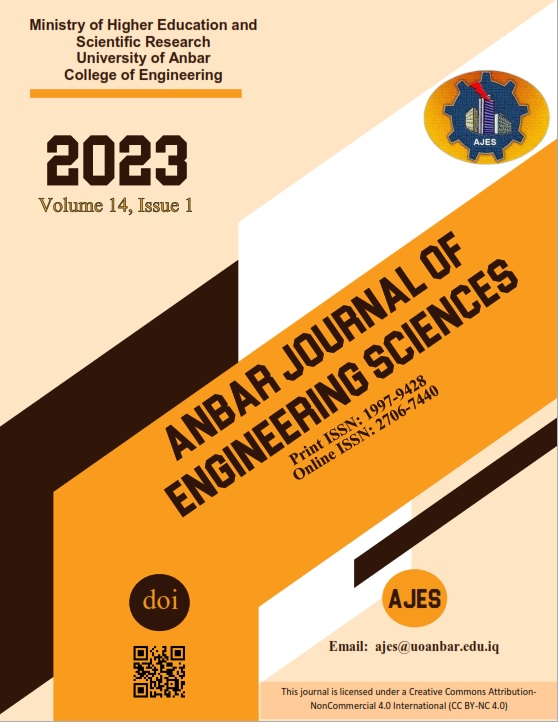Abstract
Milling includes a variety of different tasks and tools, ranging from small individual pieces to large, powerful group processes. It is one of the most commonly used techniques for producing custom parts with exact tolerances. Surface roughness of machined parts has a significant impact on the finished item's quality, which may have an impact on its tolerance and performance. This paper studies the prediction of the values of surface roughness of low-carbon steel AISI 1015 in milling operations. Three different machining parameters with nine variable samples are selected to investigate the resultant surface roughness of the AISI 1015 low-carbon steel samples, including different spindle speeds, feed rates, and depths of cut. The results revealed that the feed rate of 100 mm/min at a spindle speed of 930 rpm and a depth of 1.5 mm produced the lowest surface roughness (Ra) value of 1.170 µm, while the feed rate of 300 mm/min at a spindle speed of 1100 rpm produced the greatest surface roughness value of 2.605.
